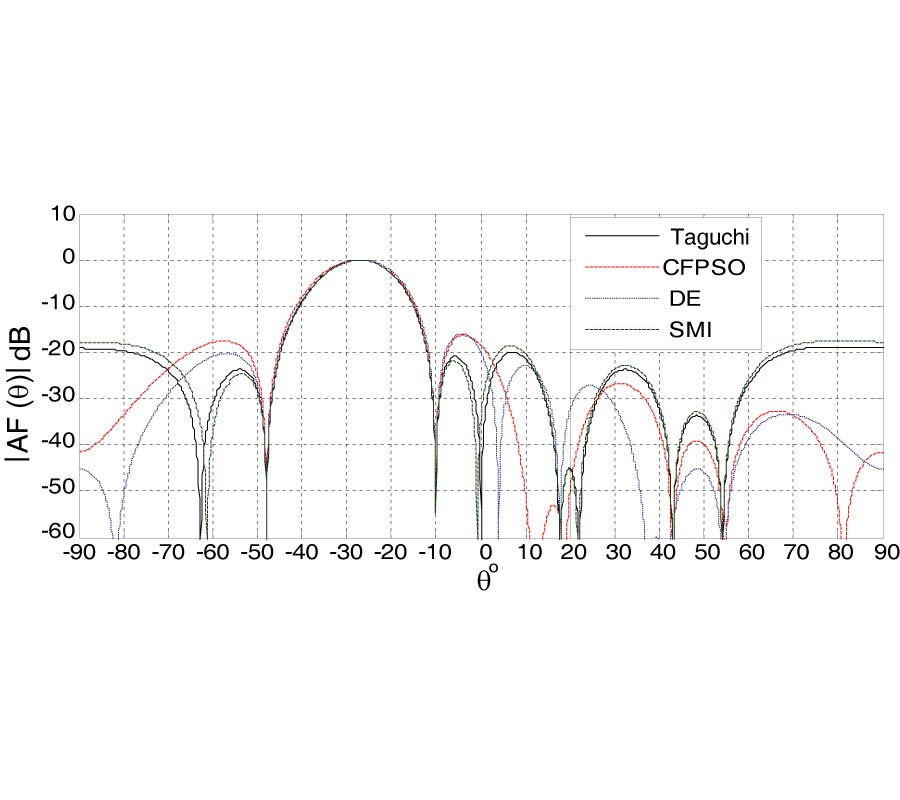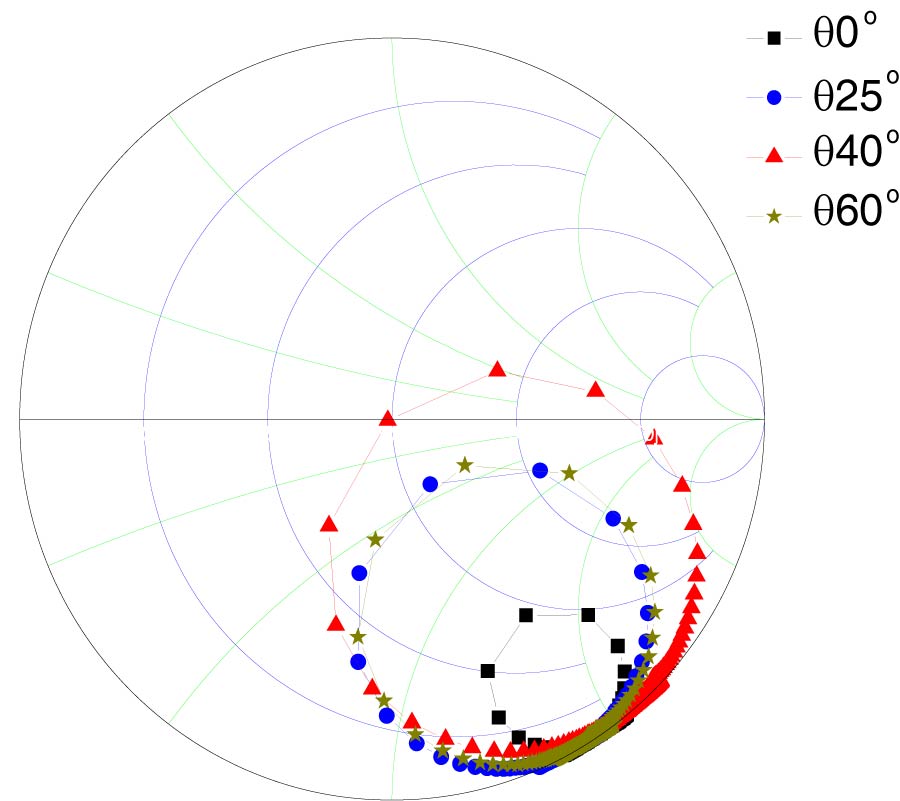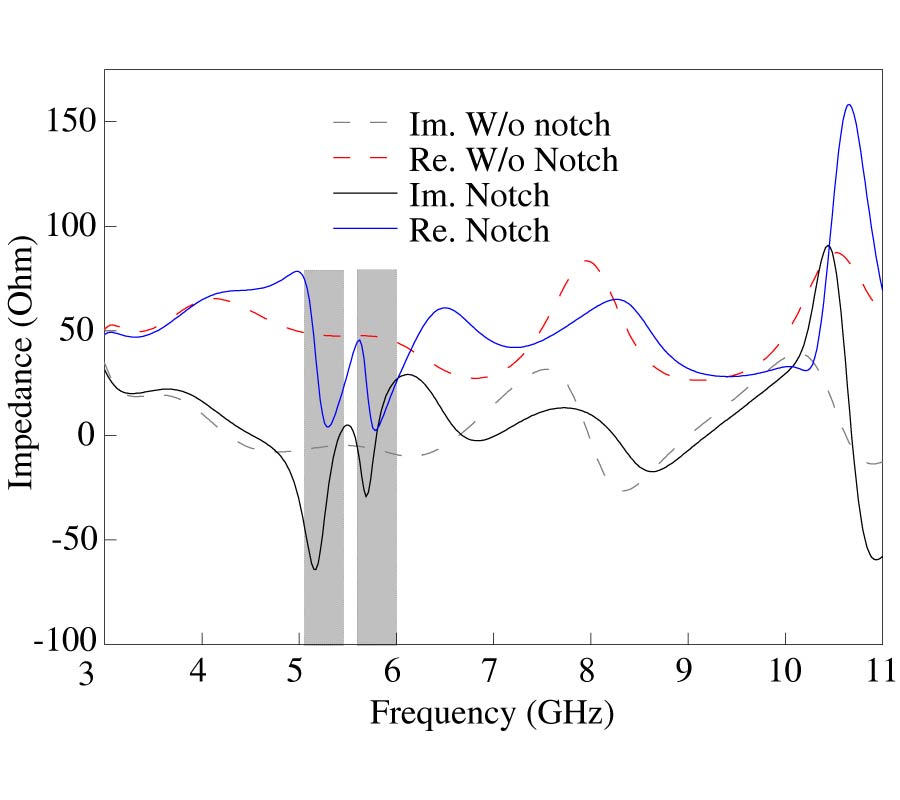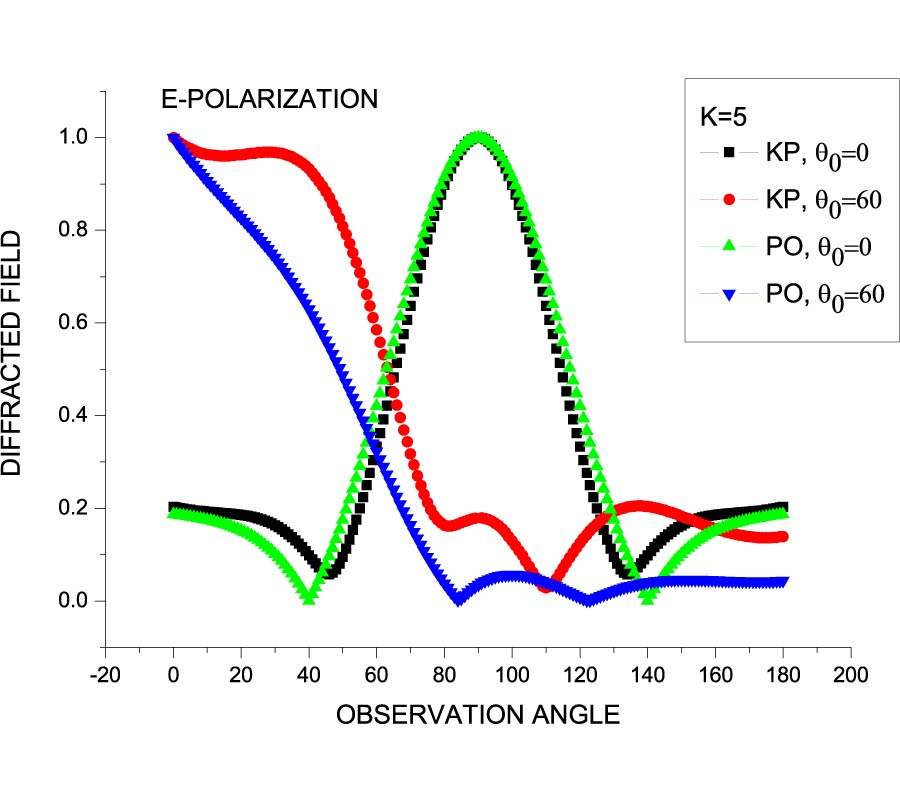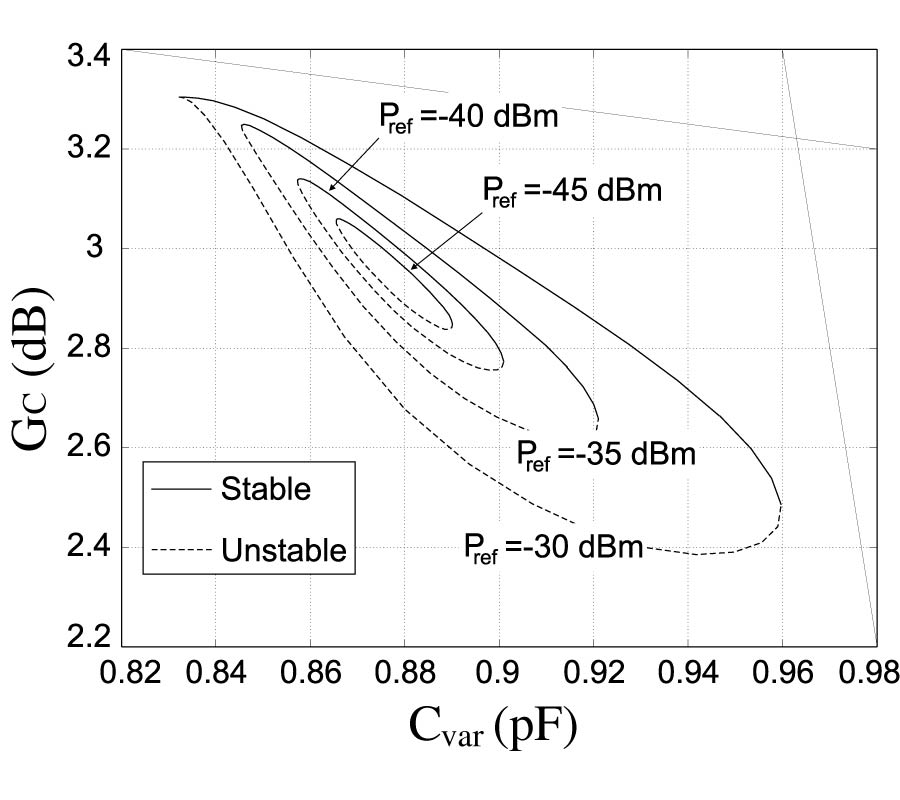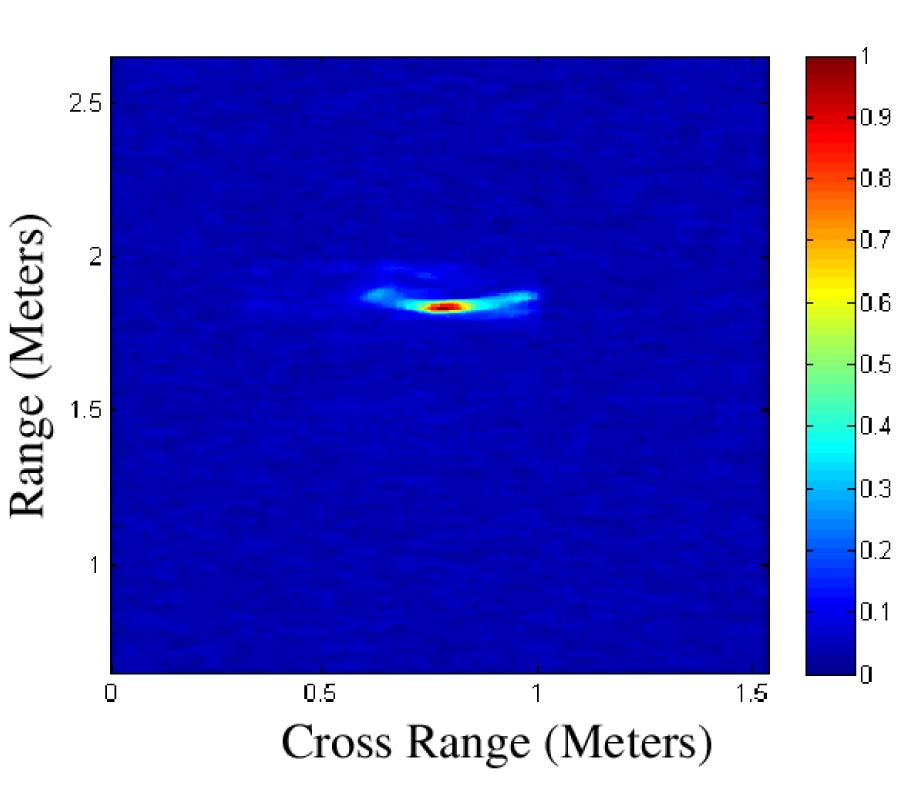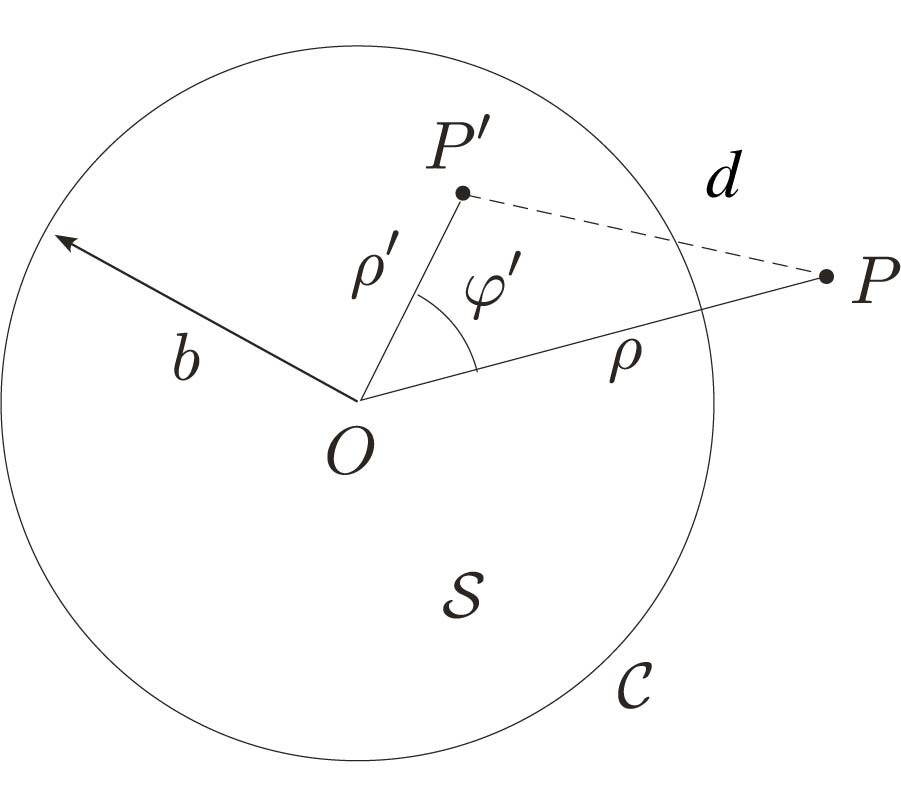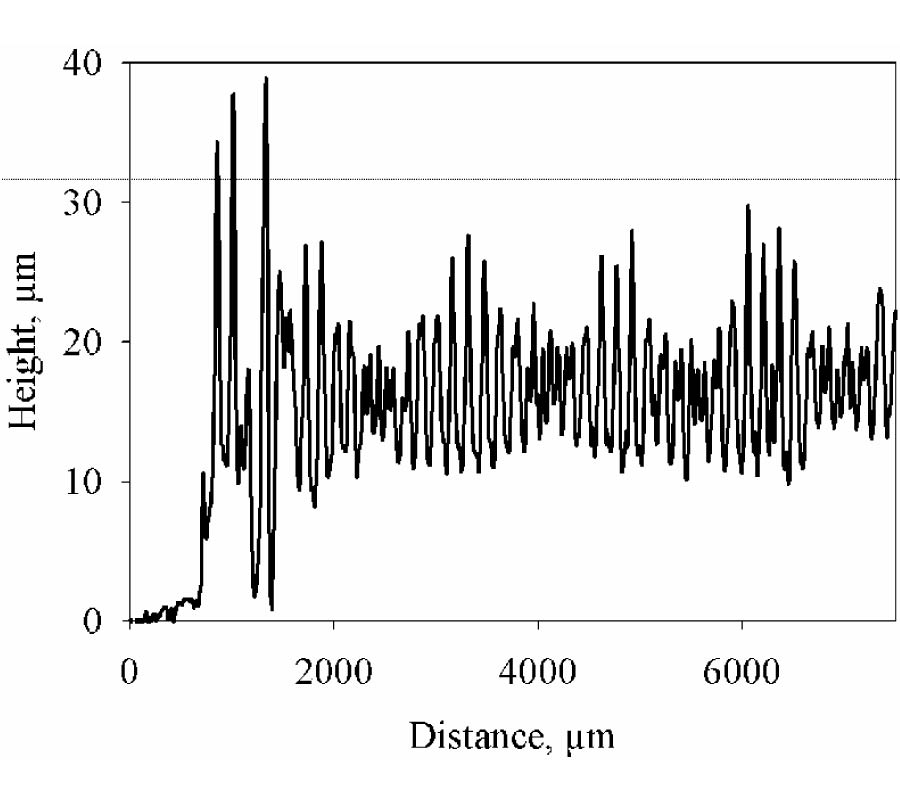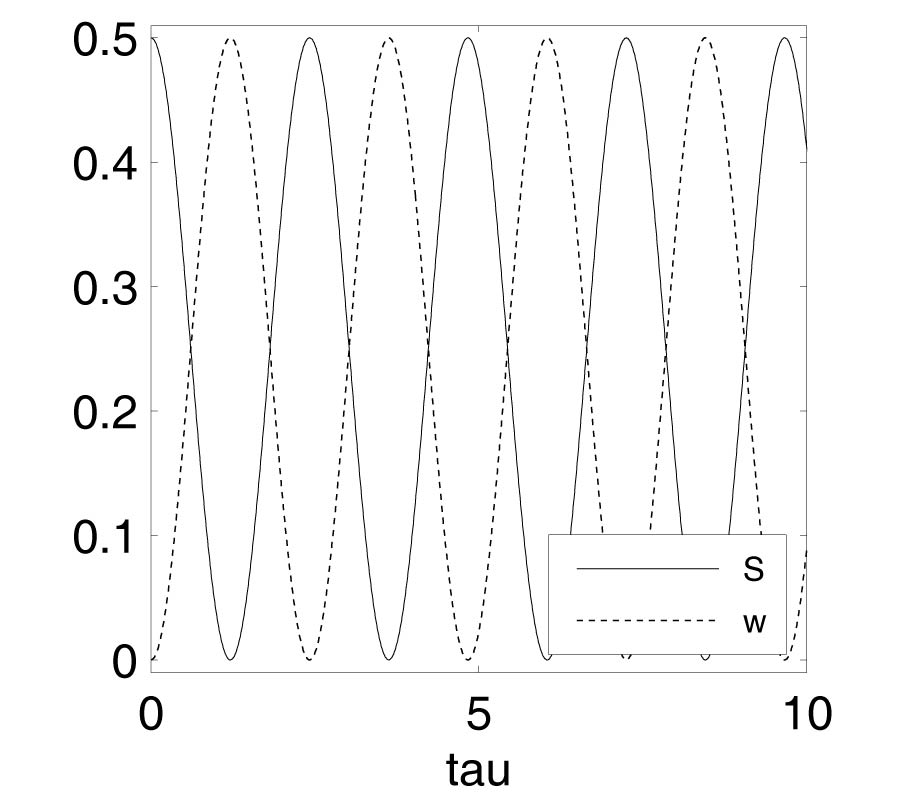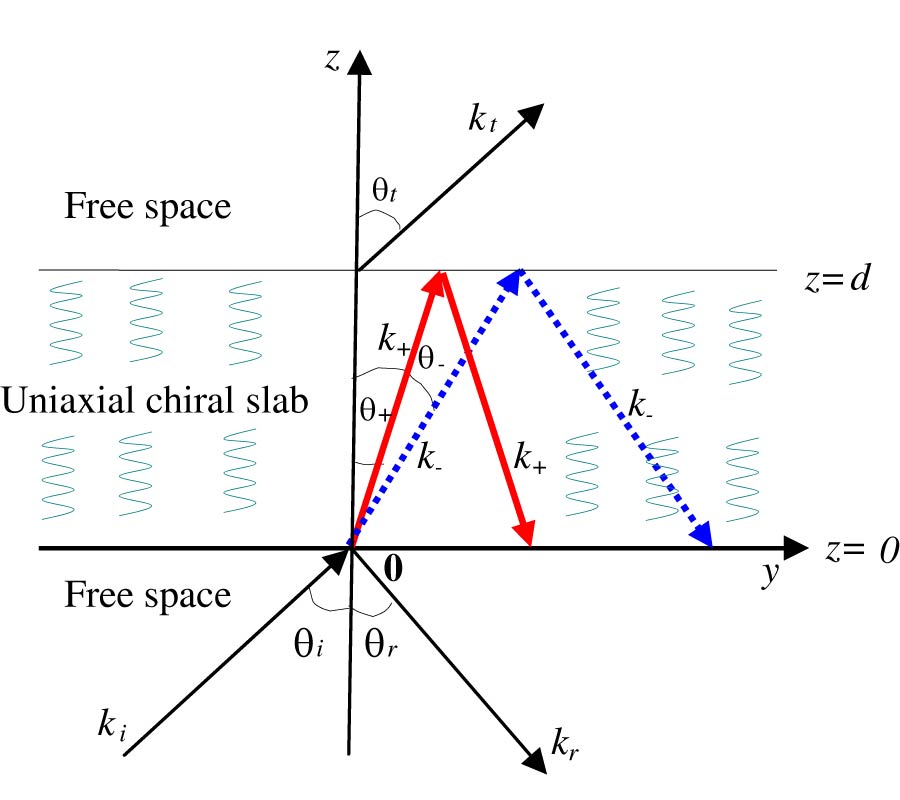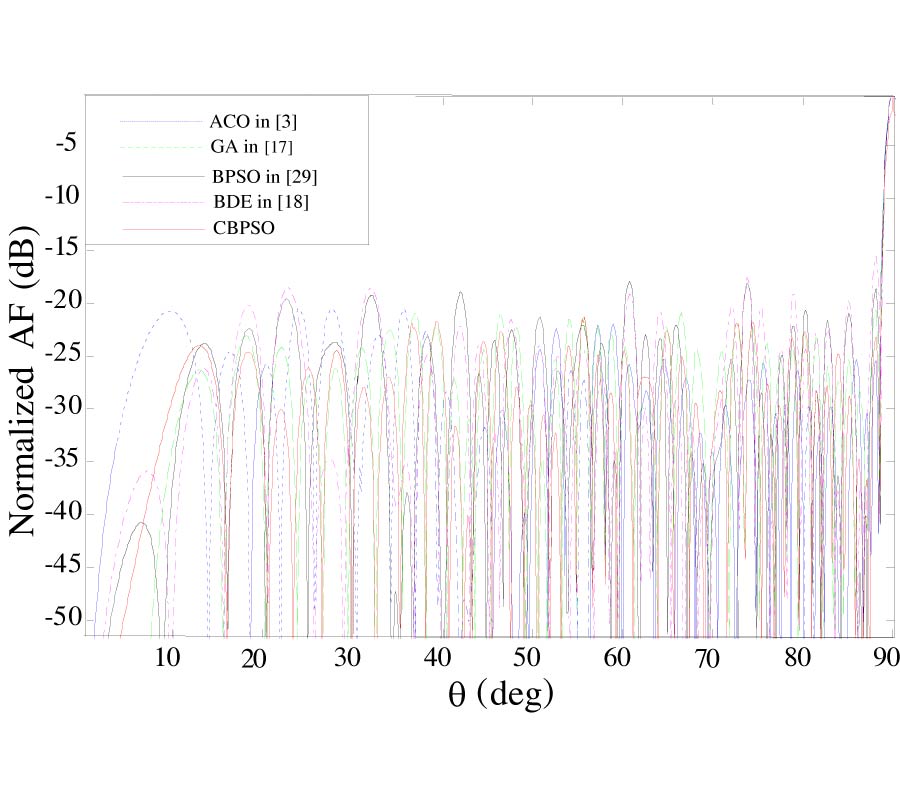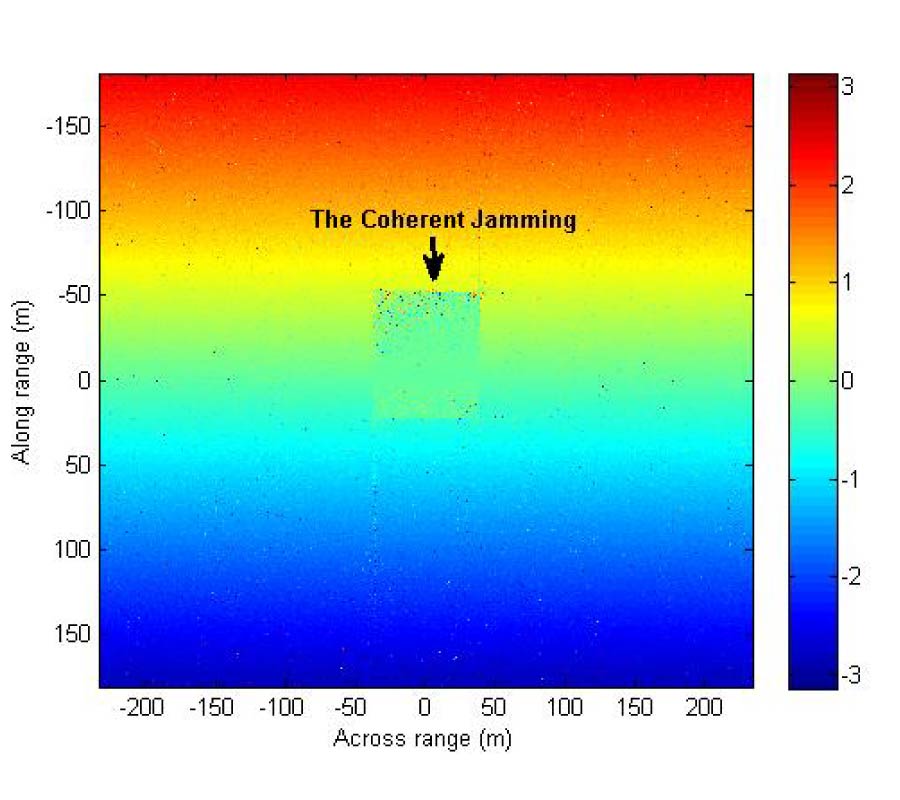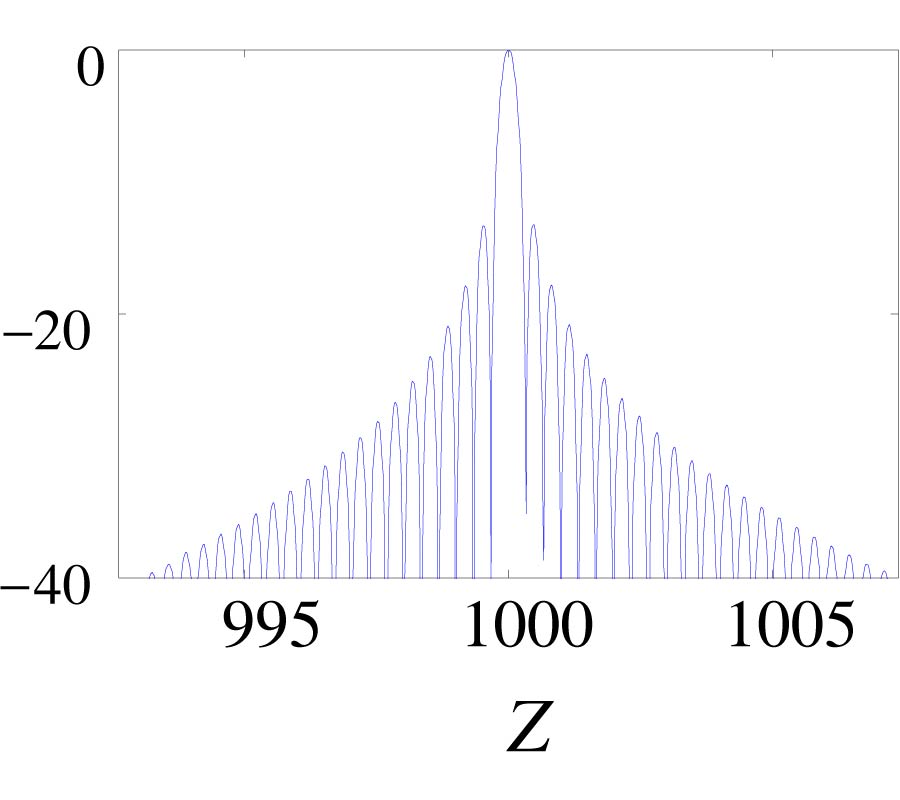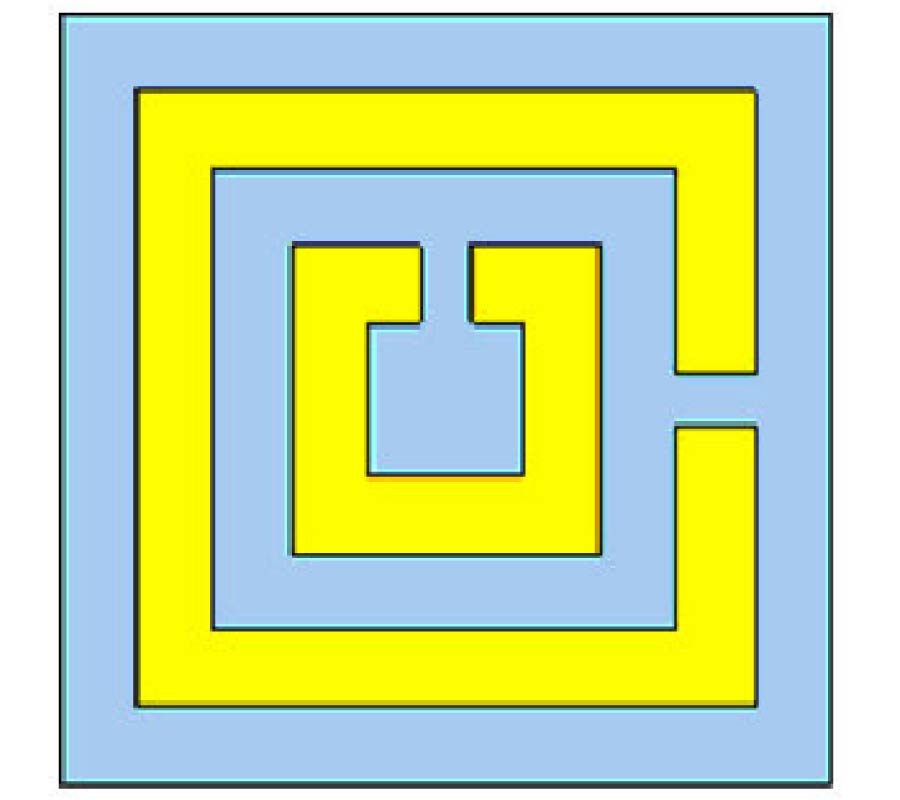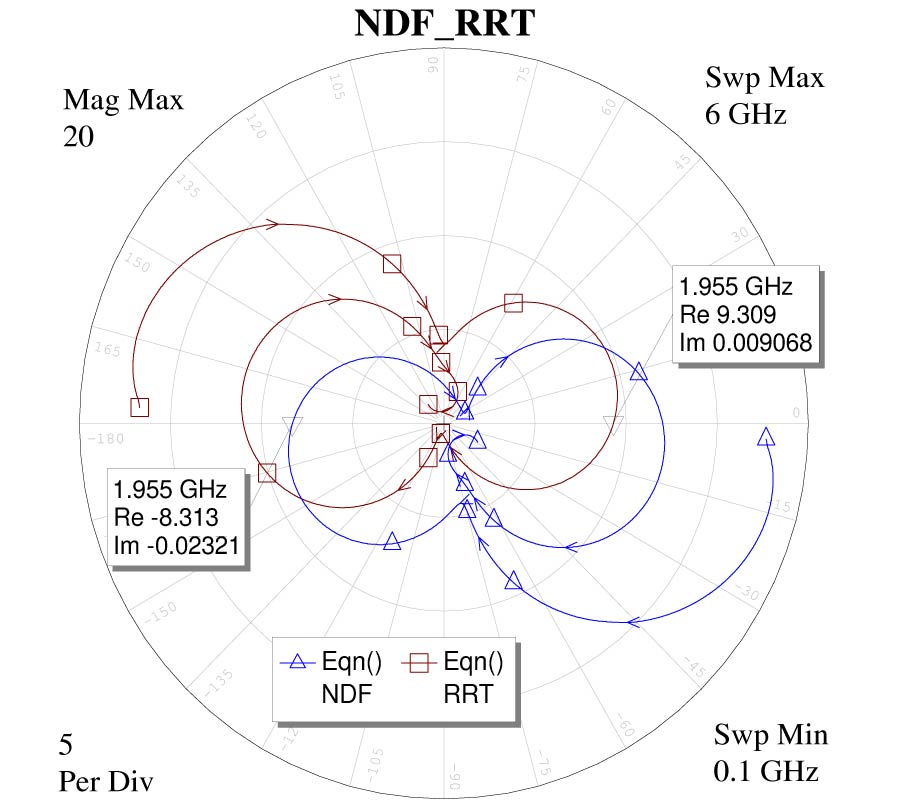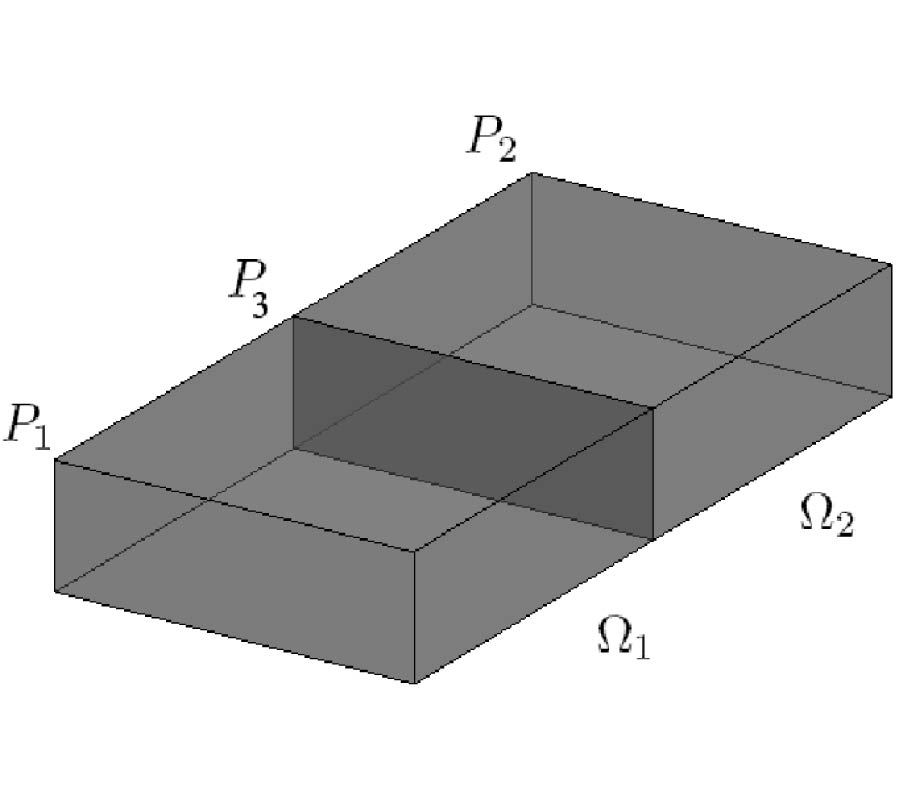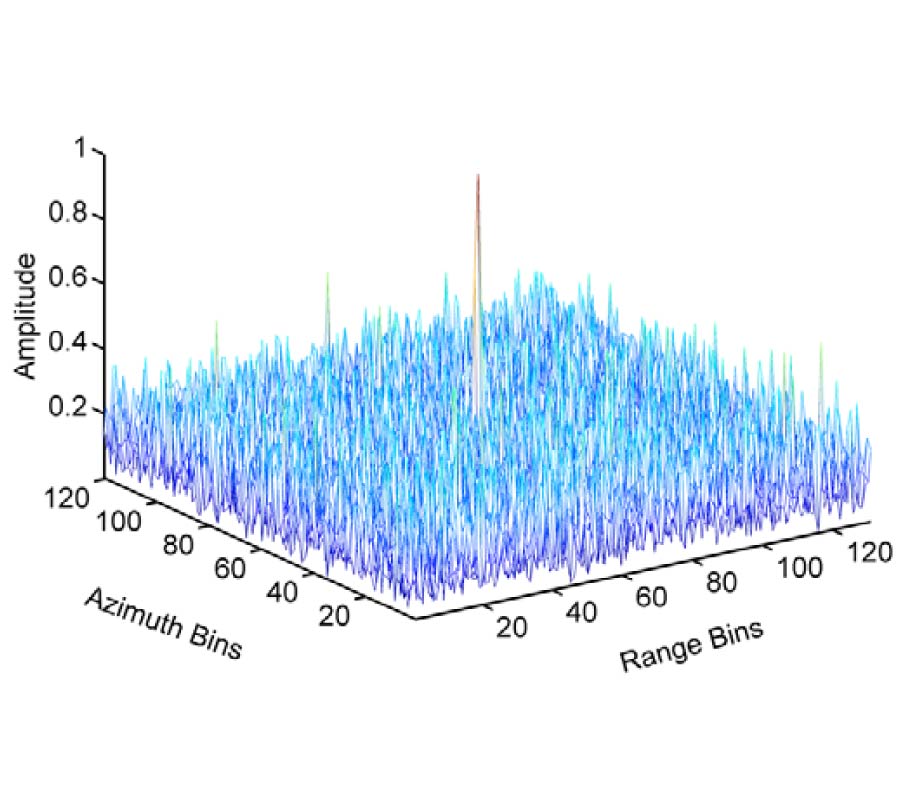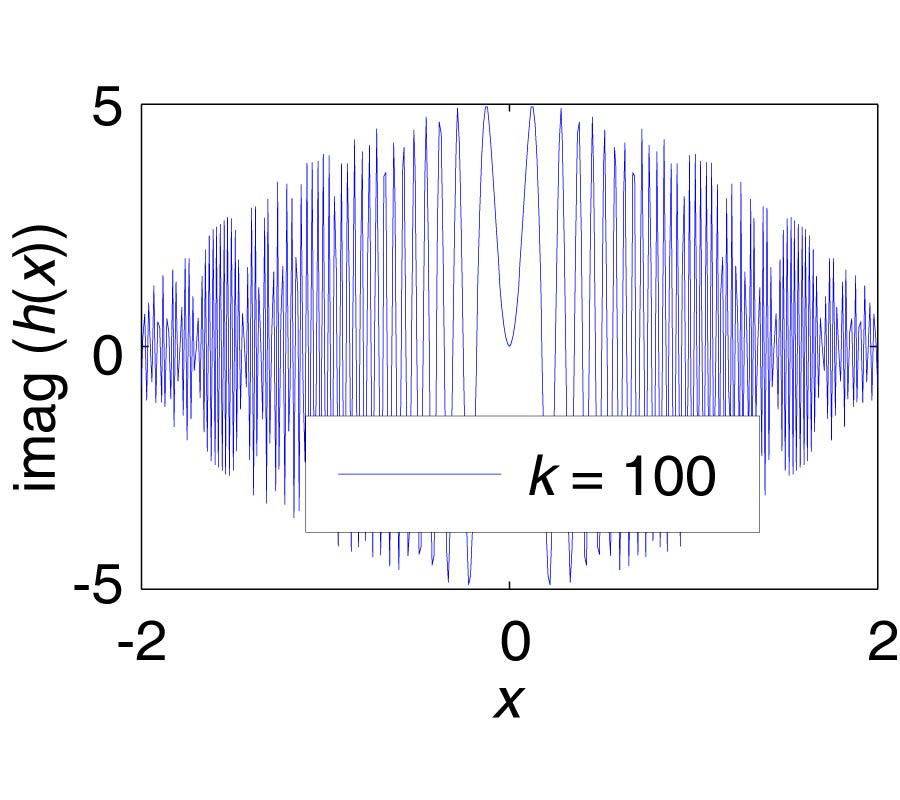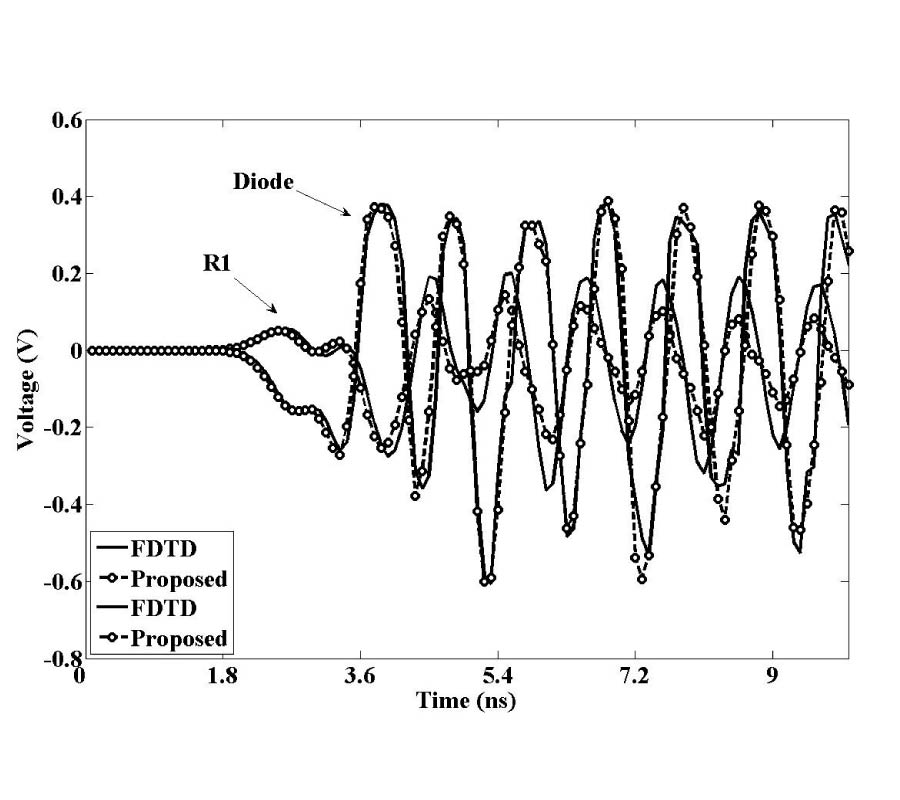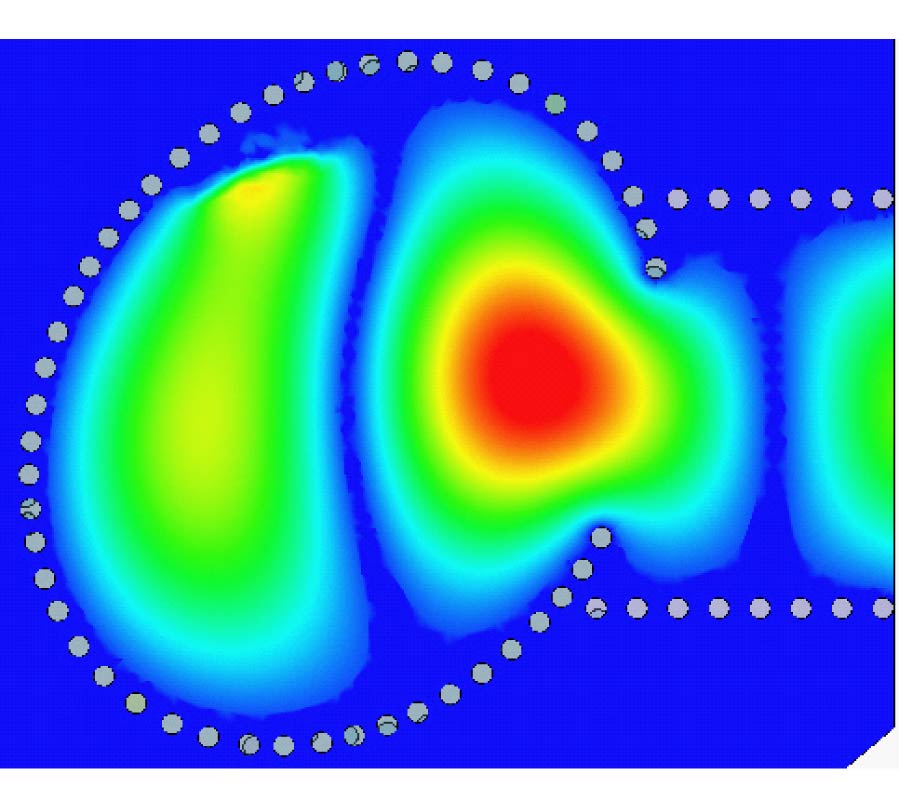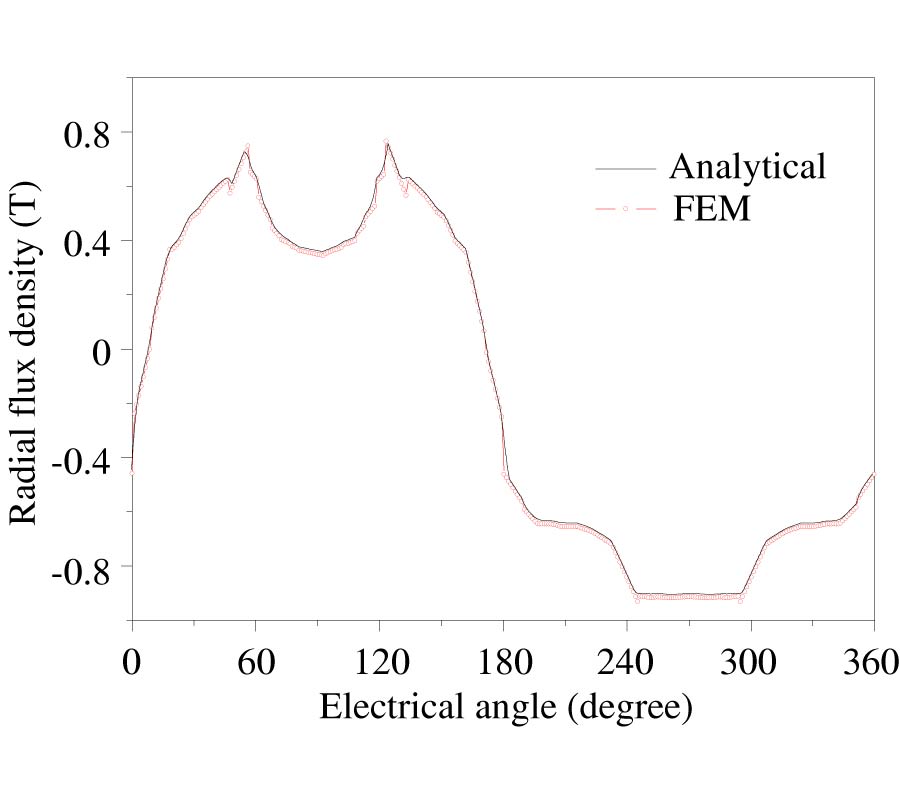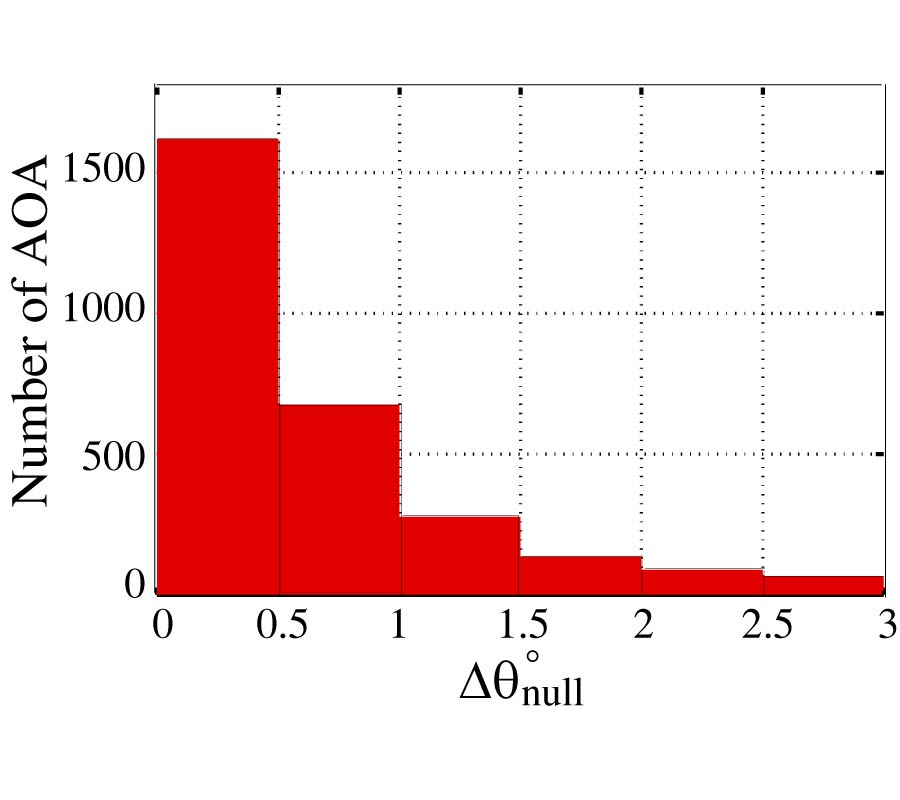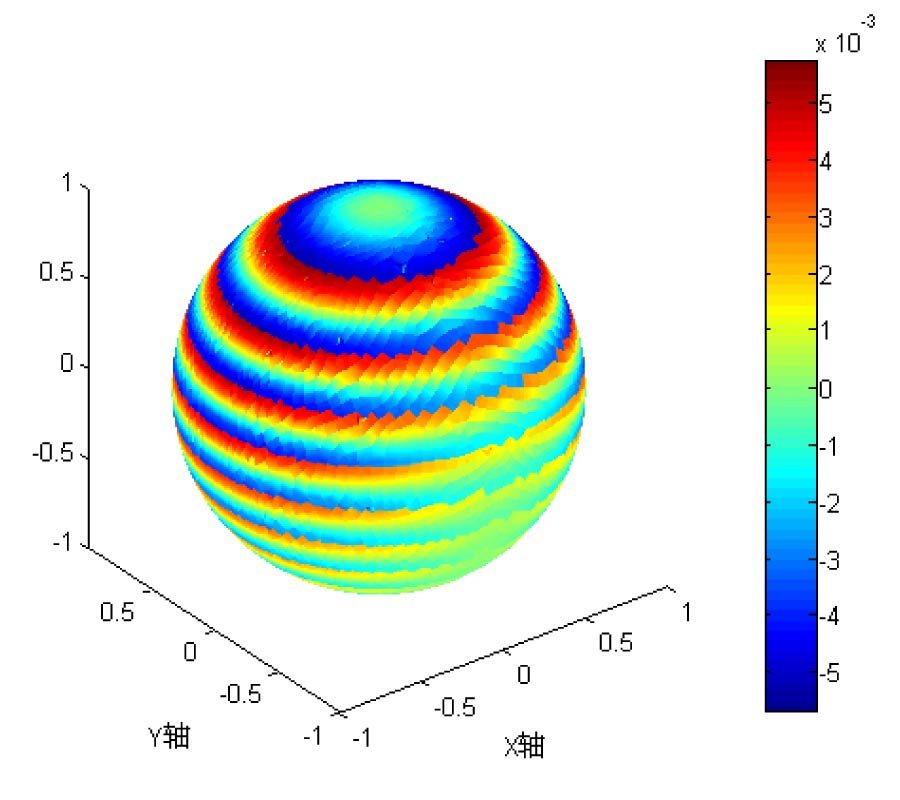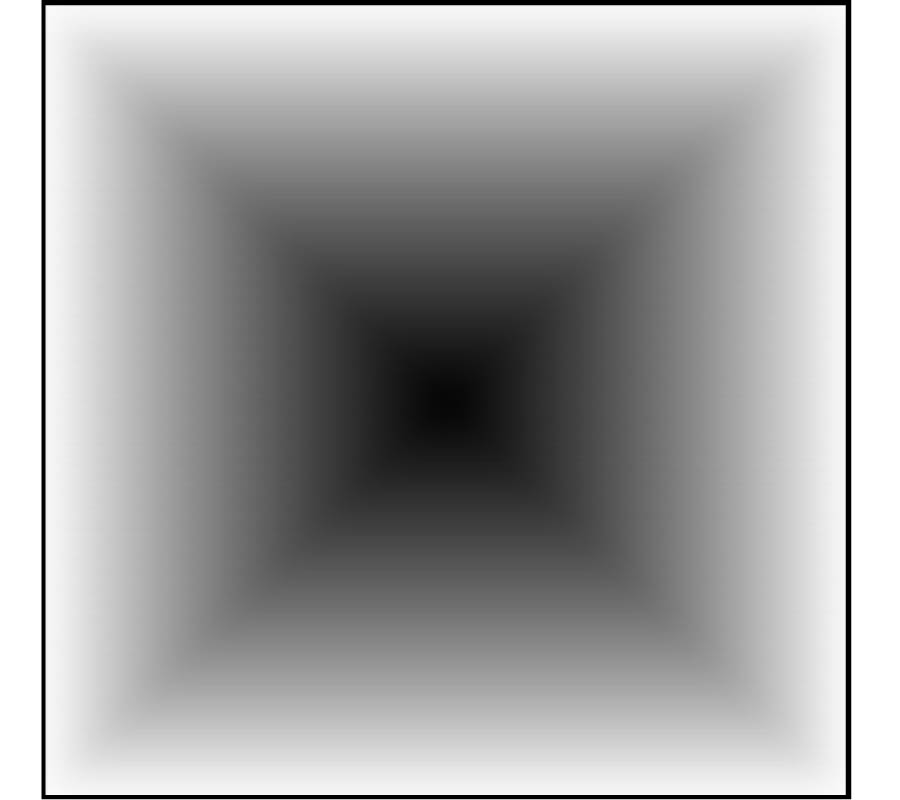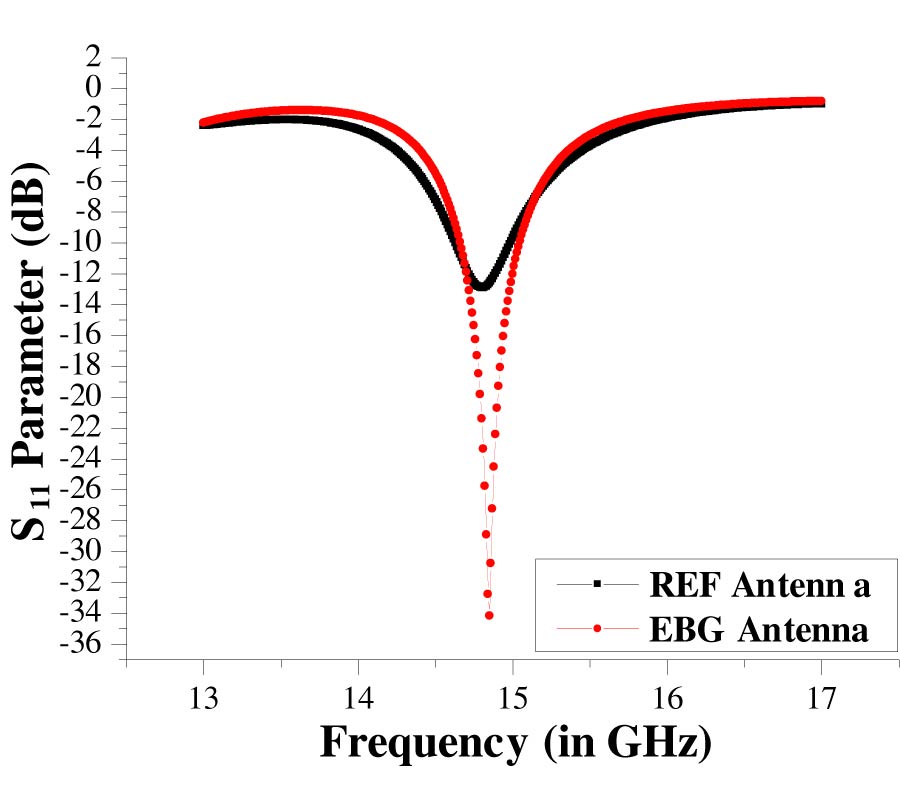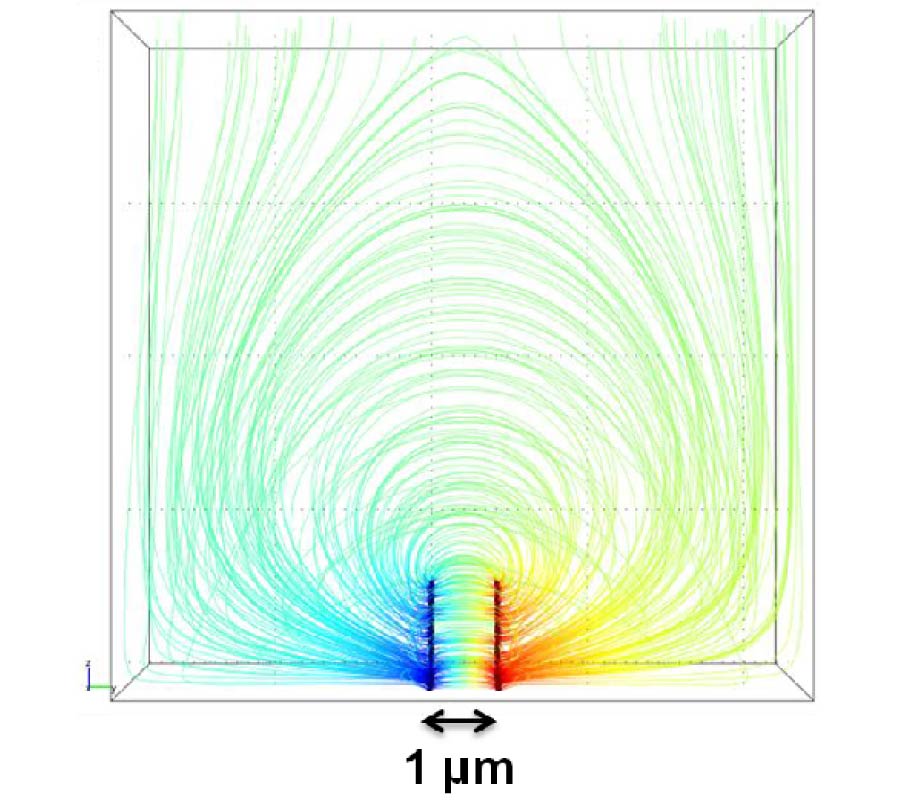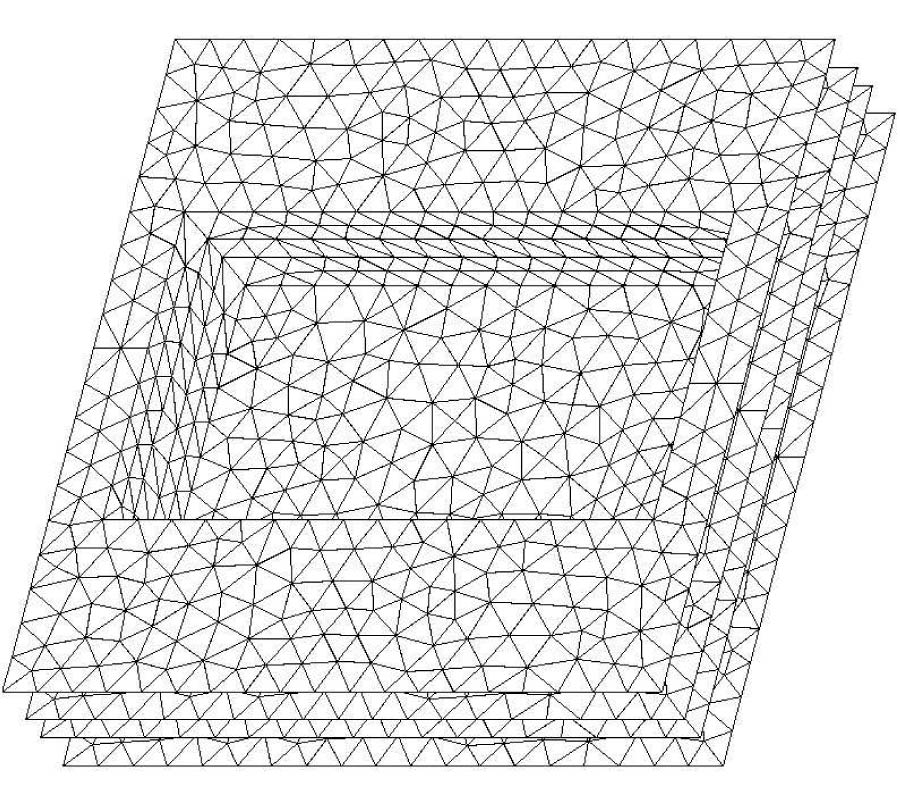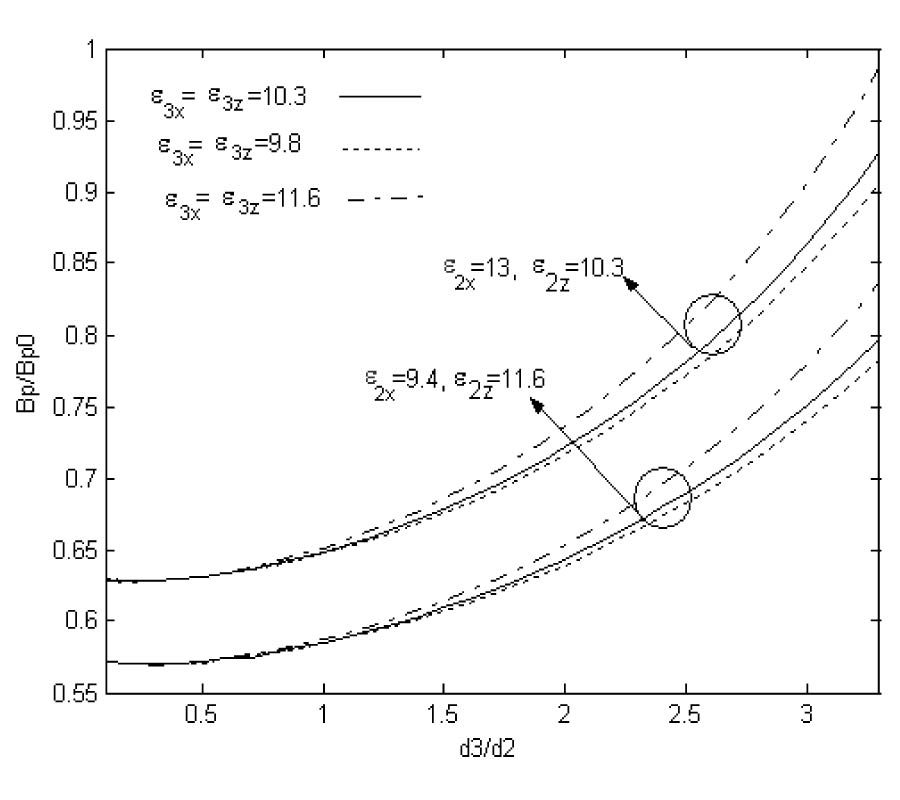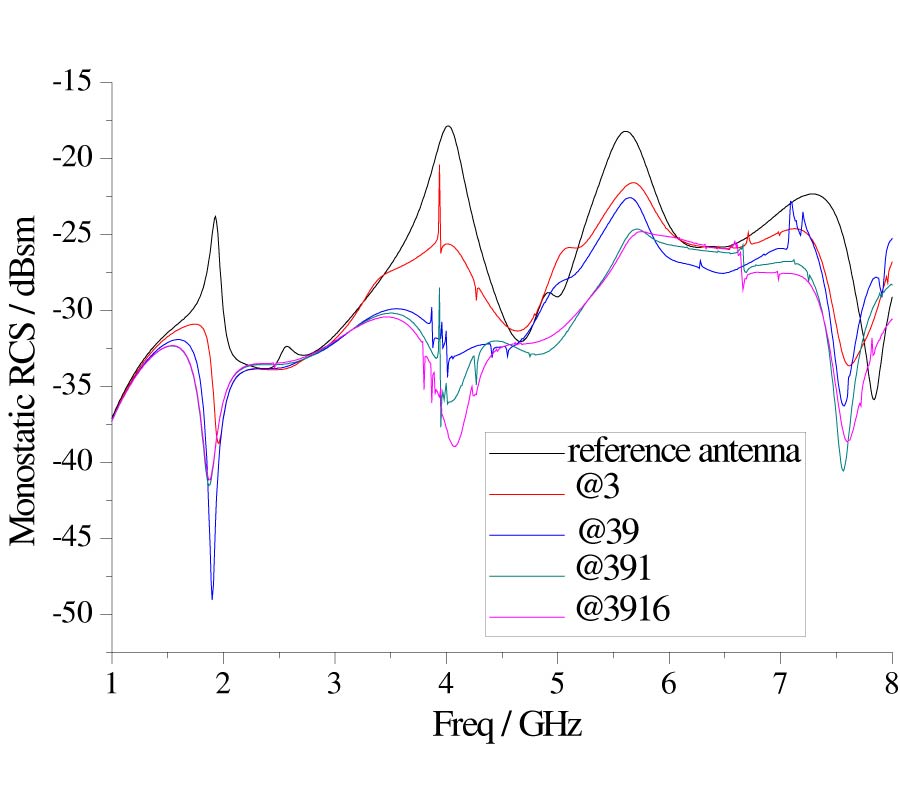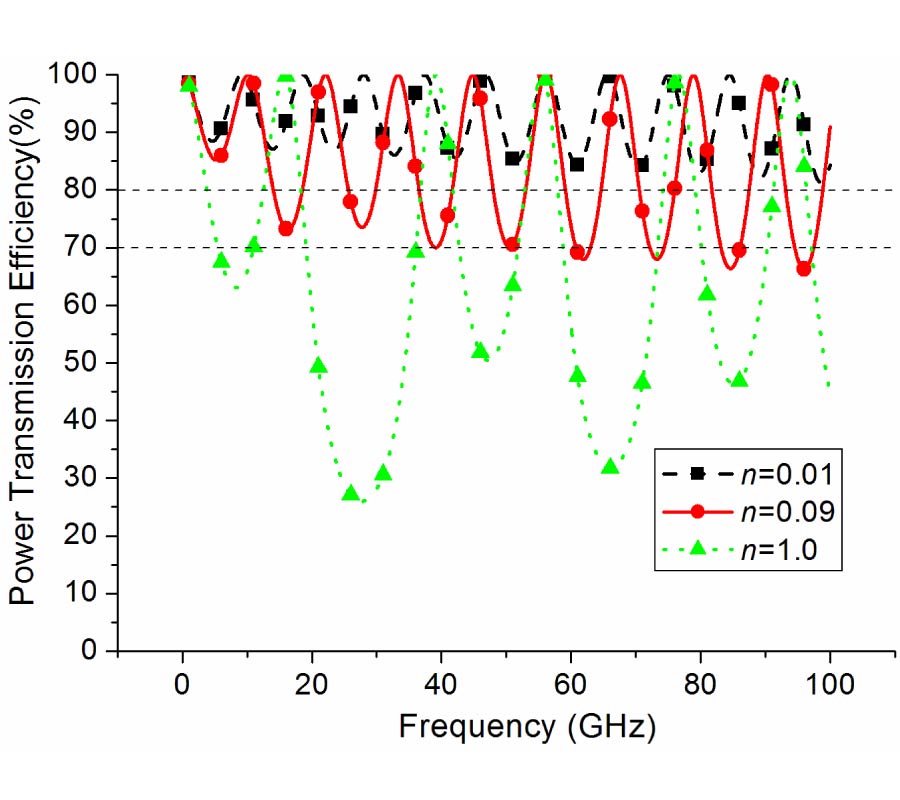Transpose Return Relation Method for Designing Low Noise Oscillators
Jose Luis Jiménez-Martín
,
Vicente Gonzalez-Posadas
,
Ángel Parra-Cerrada
,
Alvaro Blanco-del-Campo
and
Daniel Segovia-Vargas
In this paper, a new linear method for optimizing compact low noise oscillators for RF/MW applications will be presented. The first part of this paper makes an overview of Leeson's model. It is pointed out, and it is demonstrates that the phase noise is always the same inside the oscillator loop. It is presented a general phase noise optimization method for reference plane oscillators. The new method uses Transpose Return Relations (RRT ) as true loop gain functions for obtaining the optimum values of the elements of the oscillator, whatever scheme it has. With this method, oscillator topologies that have been designed and optimized using negative resistance, negative conductance or reflection coefficient methods, until now, can be studied like a loop gain method. Subsequently, the main disadvantage of Leeson's model is overcome, and now it is not only valid for loop gain methods, but it is valid for any oscillator topology. The last section of this paper lists the steps to be performed to use this method for proper phase noise optimization during the linear design process and before the final non-linear optimization. The power of the proposed RRT method is shown with its use for optimizing a common oscillator, which is later simulated using Harmonic Balance (HB) and manufactured. Then, the comparison of the linear, HB and measurements of the phase noise are compared.
